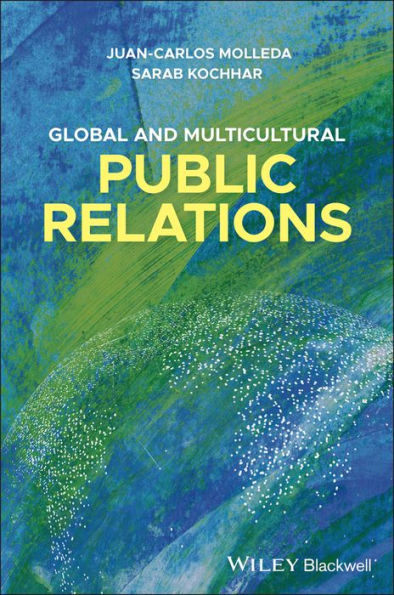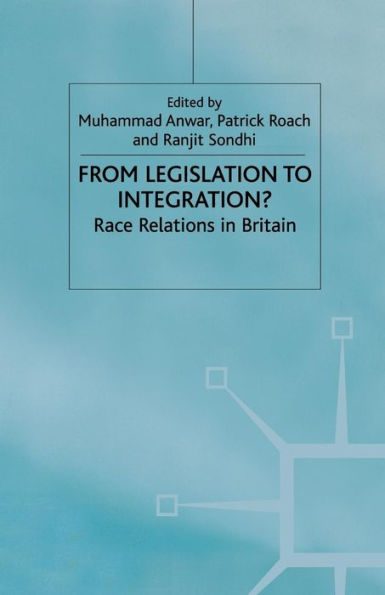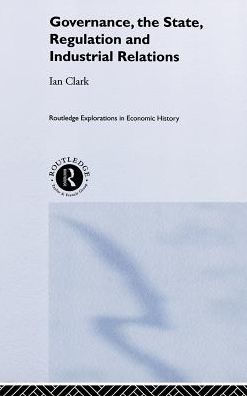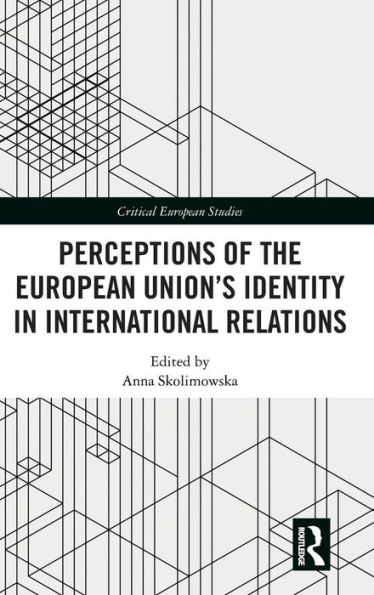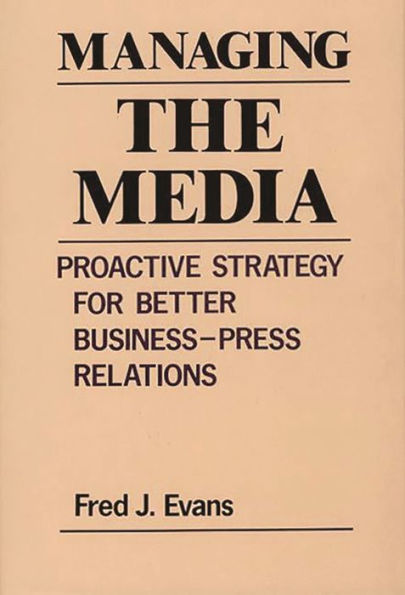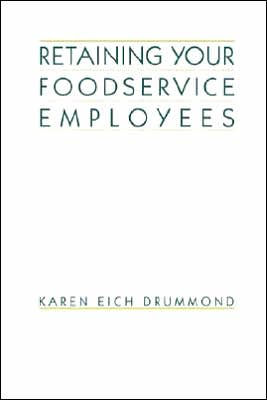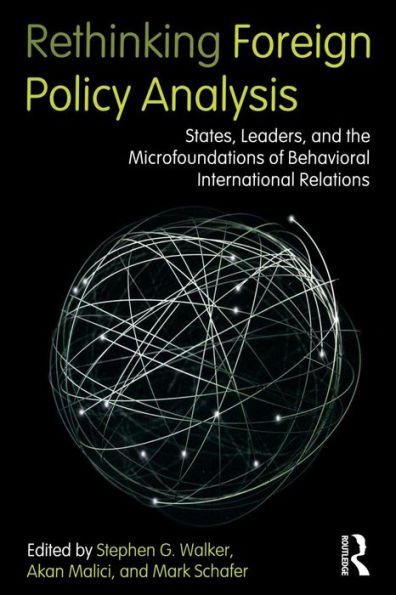Home
What Parish Are You From?: A Chicago Irish Community and Race Relations / Edition 1
Loading Inventory...
Barnes and Noble
What Parish Are You From?: A Chicago Irish Community and Race Relations / Edition 1
Current price: $35.00
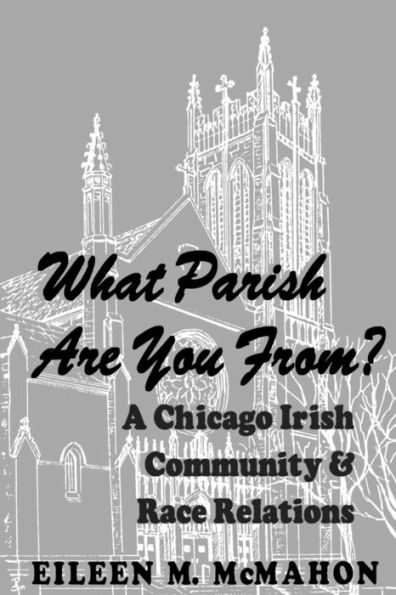

Barnes and Noble
What Parish Are You From?: A Chicago Irish Community and Race Relations / Edition 1
Current price: $35.00
Loading Inventory...
Size: OS
*Product Information may vary - to confirm product availability, pricing, and additional information please contact Barnes and Noble
For Irish Americans as well as for Chicago's other ethnic groups, the local parish once formed the nucleus of daily life. Focusing on the parish of St. Sabina's in the southwest Chicago neighborhood of Auburn-Gresham, Eileen McMahon takes a penetrating look at the response of Catholic ethnics to life in twentieth-century America. She reveals the role the parish church played in achieving a cohesive and vital ethnic neighborhood and shows how ethno-religious distinctions gave way to racial differences as a central point of identity and conflict.
For most of this century the parish served as an important mechanism for helping Irish Catholics cope with a dominant Protestant-American culture. Anti-Catholicism in the society at large contributed to dependency on parishes and to a desire for separateness from the American mainstream. As much as Catholics may have wanted to insulate themselves in their parish communities, however, Chicago demographics and the fluid nature of the larger society made this ultimately impossible. Despite efforts at integration attempted by St. Sabina's liberal clergy, white parishioners viewed black migration into their neighborhood as a threat to their way of life and resisted it even as they relocated to the suburbs.
The transition from white to black neighborhoods and parishes is a major theme of twentieth-century urban history. The experience of St. Sabina's, which changed from a predominantly Irish parish to a vibrant African-American Catholic community, provides insights into this social trend and suggests how the interplay between faith and ethnicity contributes to a resistance to change.

